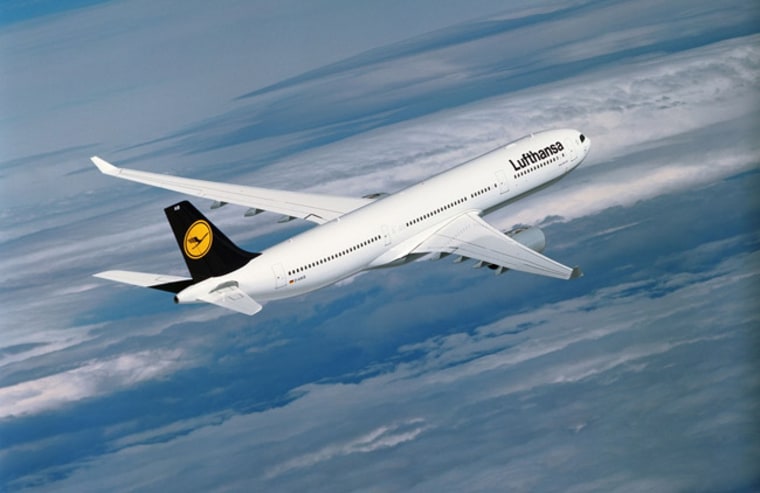A long-awaited Open Skies pact between the United States and the European Union goes into effect on March 30, bringing an expanded menu of choices for fliers, from new routes to introductory discounts.
Travelers will need to pay close attention and move fast to take advantage of the fluid situation. It is important to watch airline Web sites and online booking agencies; very shortly they will be abuzz with special introductory deals and details of new service. It may also be a good time to consult a travel agent who closely tracks the constantly changing industry flight plan.
Open Skies replaces an unwieldy collection of restrictive treaties, allowing European carriers to fly to any cities in the U.S. and American carriers to do the same in the EU.
Relief can’t come too soon for beleaguered U.S. air travelers. American fliers have been jolted by four fare increases since Jan. 1 and face shrinking choices on domestic flights from U.S. carriers — hit harder than their European counterparts by the scary U.S. recession, $110 a barrel oil and the lingering effects of Sept. 11. On Tuesday, Delta said it will drop 5 percent of its domestic flights.
As American carriers weigh pullbacks, ambitious European airlines are poised to fill the void:
- Lufthansa, the powerhouse German carrier, is replacing small jets with larger aircraft on trans-Atlantic routes and will launch Frankfurt-Seattle service this month. On Monday, Lufthansa opened an expansive new double-decker boarding area at its Frankfurt hub to handle the Airbus A380 superjumbo; Lufthansa has ordered 15 A380s. No U.S. carrier has scraped together the billions needed to buy fleets of the huge new plane.
- Air France-KLM will apparently swallow Alitalia; there is no word yet on how or if this affects Alitalia’s scheme to start Los Angeles-Rome service in June. The ever-growing hybrid carrier is certain to be a major player in the fast-morphing market.
- Scandinavian Airlines plans to launch San Francisco-Copenhagen service early next year.
- Open Skies helped drive the development of London Heathrow Airport’s spectacular new Terminal 5, which opens next week. British Airways, T-5’s sole airline tenant, will switch most Heathrow flights to the new terminal and will additionally launch a new airline, called Open Skies, between New York’s John F. Kennedy International Airport and Paris or Brussels in June.
- BA also plans a 2009 launch of all-business class service from Newark to London’s City Airport, located near the Docklands, London’s new high-rise financial nexus, with its hive of new hotels, restaurants and shops.
U.S. carriers are expanding their trans-Atlantic offerings, too — with Delta flying between Heathrow and JFK, and US Airways beginning Philadelphia-Heathrow service. American is switching service between the US and London Gatwick airport over to Heathrow, but — like others — it is shut out of the new Terminal 5.
No, Open Skies won’t buoy the sinking dollar. But the changes it unleashes will make trans-Atlantic travel more comfortable and convenient — and perhaps more affordable — for the summer travel season.
